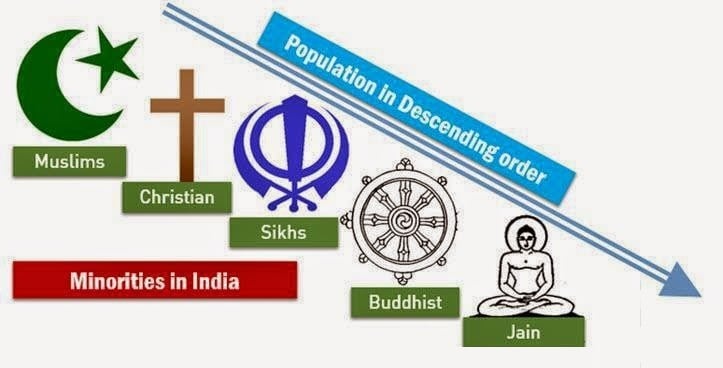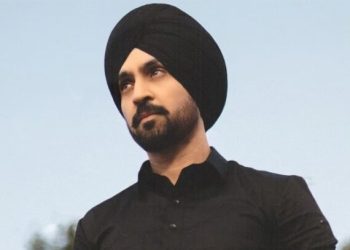By Grasim Yusuf Soni
Diversity and rich cultural heritage are some words used to describe India. India has always served as a melting pot, where people with different languages and faiths come together to weave a beautiful tapestry. As we enter this new era, it becomes apparent that the minorities of the country find themselves somewhere behind or rather socially excluded. Minorities over the years have become victims of systematic discrimination and hatred. If India wants to develop, it certainly has to listen and address the voices and concerns that minorities have.
Minority rights discourse can be strengthened by addressing what I called the 3Ms. Namely, mobilize, mentor, and map.
Mobile legal aid Clinic (mobilize)
India already has a strong legal framework when it comes to the rights of minorities, but their implementation remains dubious. Legal aid clinics would play an important part here. The clinic would be able to provide and disseminate legal advice and representation to those who can’t afford such resources, the clinic would also spread awareness among people about their fundamental rights and legal protection available to them as guaranteed by the constitution of India. And because of the mobile nature of the clinic, it would be able to percolate to the marginalized parts of society. By addressing and assisting the minorities with their legal issues the clinic would be able to empower individuals thereby instilling confidence in the Indian justice system.
Mentorship Programs (Mentor)
Representation is a monumental block when we talk about minority rights. To me representation is more than just visibility, it’s about sharing diverse perspectives, experiences, and voices with the world at large. Minority representation can be adequately increased by providing mentorship to the youth of the country. A holistic mentorship initiative needs to be developed that would connect young individuals from minority communities with professionals across various fields. These initiatives would also serve as a repository of information on scholarships, grants, and government initiatives for minorities. It would provide guidance on career choice, and would also serve as a platform for networking opportunities which would ultimately foster the next generation of leaders and advocates for minority rights.
Research and Documentation (Map)
As Geoffrey Moore said, “Without data, you are blind and deaf and in the middle of a freeway”. This holds true when we talk about minority rights discourse in India. Any data or research done in this domain is scattered around and not unified in a single repository. We need to categorically start documenting the challenges faced by minorities and the impact of the existing laws and policies on their life. The data collected would serve as a powerful tool for advocating necessary reforms and would also help in informing the policymakers about the ground realities. We could also document instances where the rights of minorities are infringed upon. Sharing these data and findings with the public at large can also help raise awareness about the problems faced by minorities in India. By following the 3Ms, we can completely transform a decaying society into a vibrant one, where the rights and voices of the marginalized are protected, a society where Justice, liberty, and equality exist for all irrespective of their faiths.






